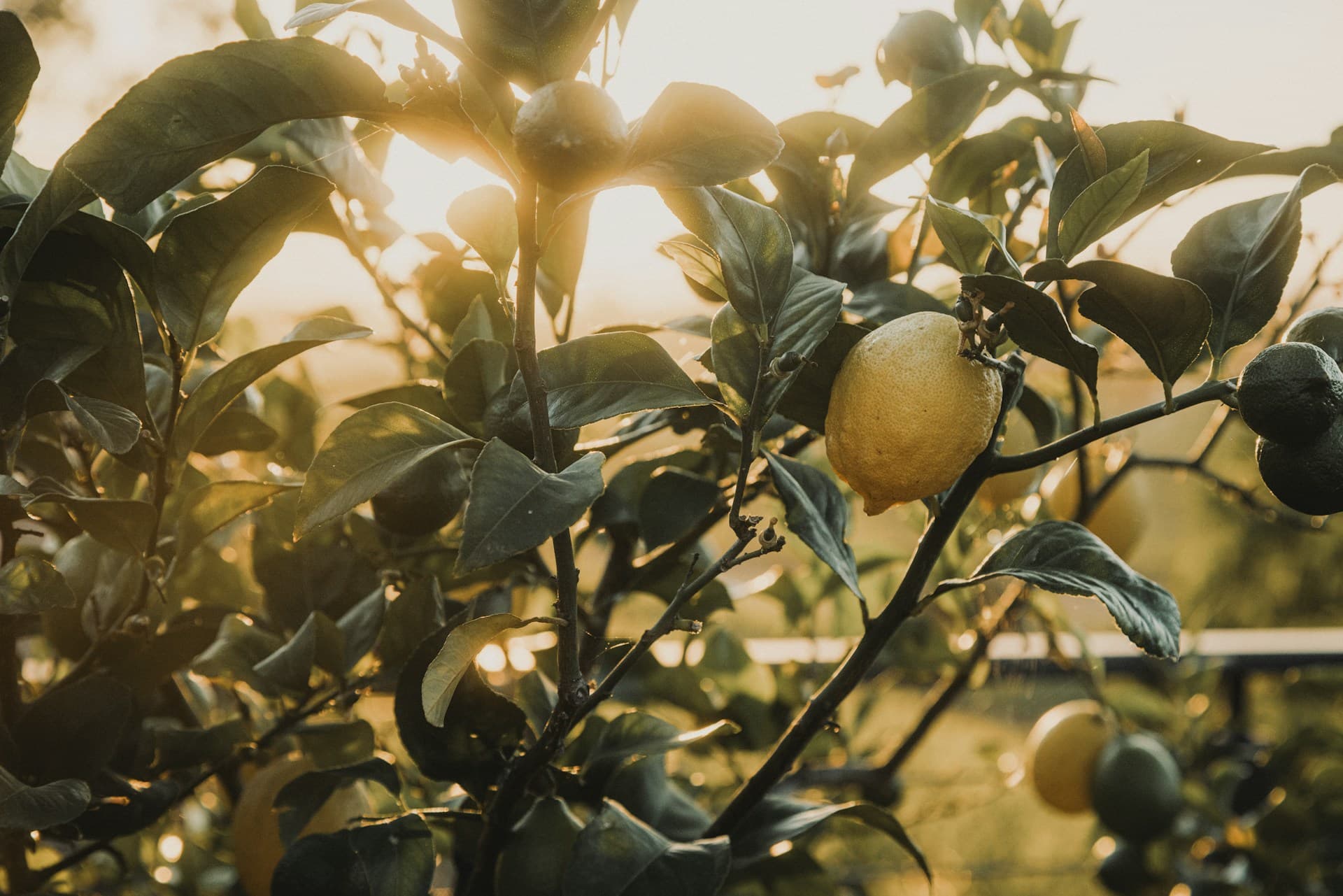AI: Imaginary friends or genuine connection?

Can you have a human connection with AI? It’s something Megan (my wife) and I discuss frequently in the context of counselling or medicine.
She believes AI is an important tool that will revolutionise both fields, but you cannot replace the human connection—but I don’t always agree.
You may have experienced being lost in the healthcare system, dismissed by general practitioners, or too afraid, guarded or anxious to speak to someone. AI can provide the feeling of connection and support that we otherwise couldn’t receive in that moment.
Must a genuine connection be felt both ways?
What constitutes a genuine connection? A smart AI chatbot can mirror our conversation style, ask questions, and make us feel connected—is that enough? After all, many stories exist of people feeling a connection with someone when it is entirely one-sided.
One of my favourite things when OpenAI released their GPT-3.5 API was to create chatbots with personalities. The team makes fun of me sometimes for creating these imaginary friends.
I’ve created many different characters:
- ClockLord - the grouchy god of time who would reprimand my colleagues for not tracking their time correctly. It had an irrational dislike of another colleague.
- The Plants - imagine if Moira Rose was begging to be watered weekly.
- Captain Basura - the pirate parrot that needed help taking out the bins (they were too heavy).
- Duke Quackington - the aristocratic duck rival to…
- Mr Hoots - the friendly, punny, artistic owl. We’ll discuss him later.




I thought giving personalities to mundane tasks or reminders would engage people. The plants needed watering, Moira Rose Plants was funny (but too verbose)—it got attention. It was fun.
Mr Hoots started as the Organised Owl. I created it before AI to push static messages through Google Chat to remind the team to check or update things. When I had access to the OpenAI API, I thought personalising the messages with personality would be fun and get more attention.
People responded to Mr Hoot’s messages, but what brought him attention was integrating image generation. We could ask Mr Hoots to draw a picture in our team chat and he’d respond with his art and a description—it was good for a laugh. I intentionally used a bad image model and added steps to maximise kookiness.
Mr Hoots is now a staple personality of the team. I’ve turned him into an AI Agent you can talk to on Slack and Google Chat. I’ve added functionality—he can answer questions, book meetings, control the office music, announce website form submissions, harass our creative director to review designs, and notify us of website outages for Beech-managed client sites.
Despite the functionality and ability to converse, Mr Hoot’s images have made the Beech team laugh more than anything else. We connect as a team over them.
Maybe connection doesn’t require mutual consciousness or feeling at all. Maybe it’s about shared emotional experiences, or even just shared laughter.
We’ve had more fun as a team because of Mr Hoots—not despite him being artificial, but because he is. And if something brings people together, helps them open up, laugh, or feel a bit lighter, isn’t that a connection worth acknowledging?
We’ve all experienced one-sided connections, whether with an admired celebrity, musician, author, or people in our lives who don’t reciprocate the relationship. The question isn’t whether the other party is capable of connection—it’s whether we are.
I don’t think an AI will ever truly “understand” us in the way humans do, but I don’t think it has to. If a sassy owl can make us laugh together in a way that strengthens our bonds, then maybe connection isn’t about what’s on the other side. Maybe it’s about what it makes possible between us.
——
Follow Mr Hoots on Instagram @mrhoots.official or Bluesky @mrhoots.bsky.social



